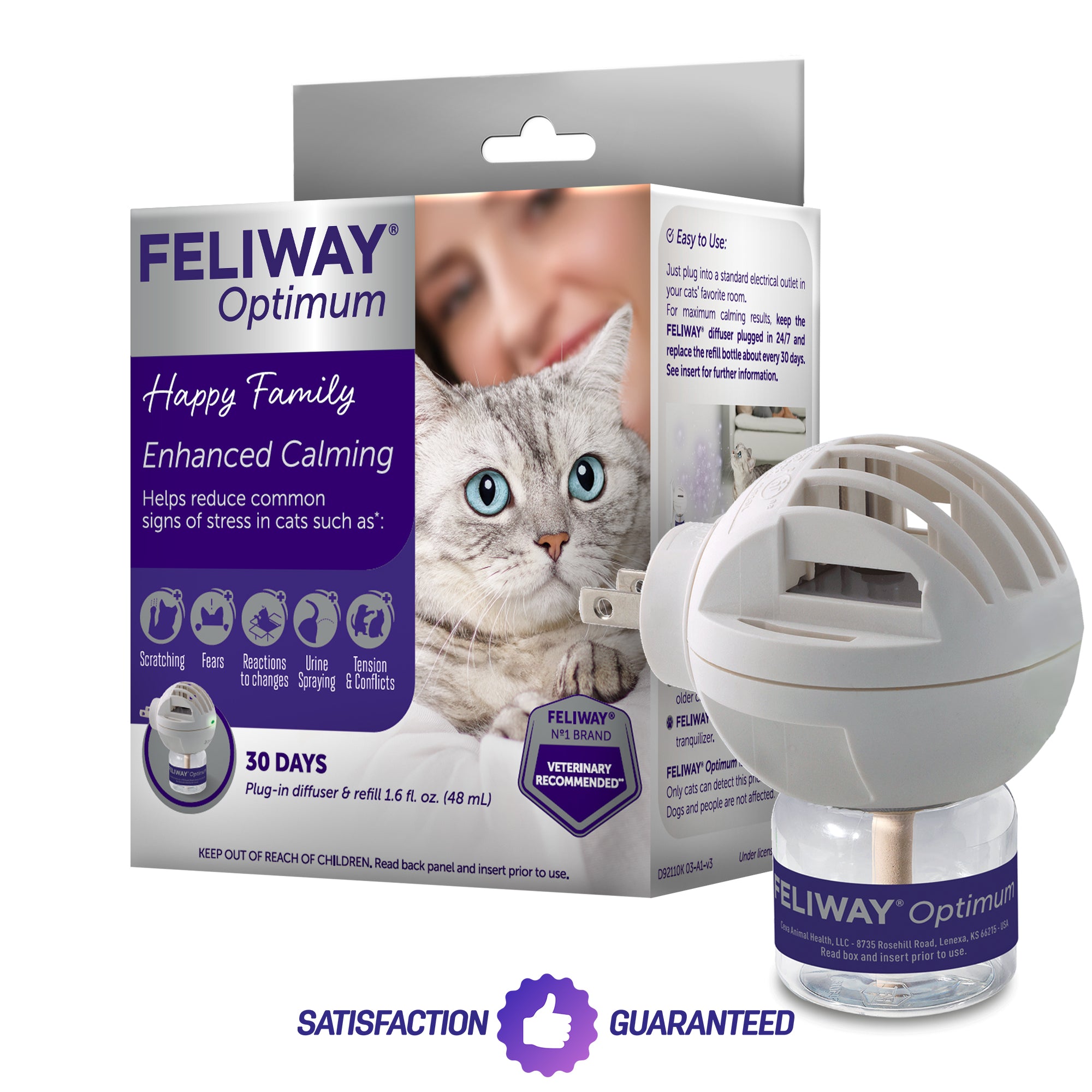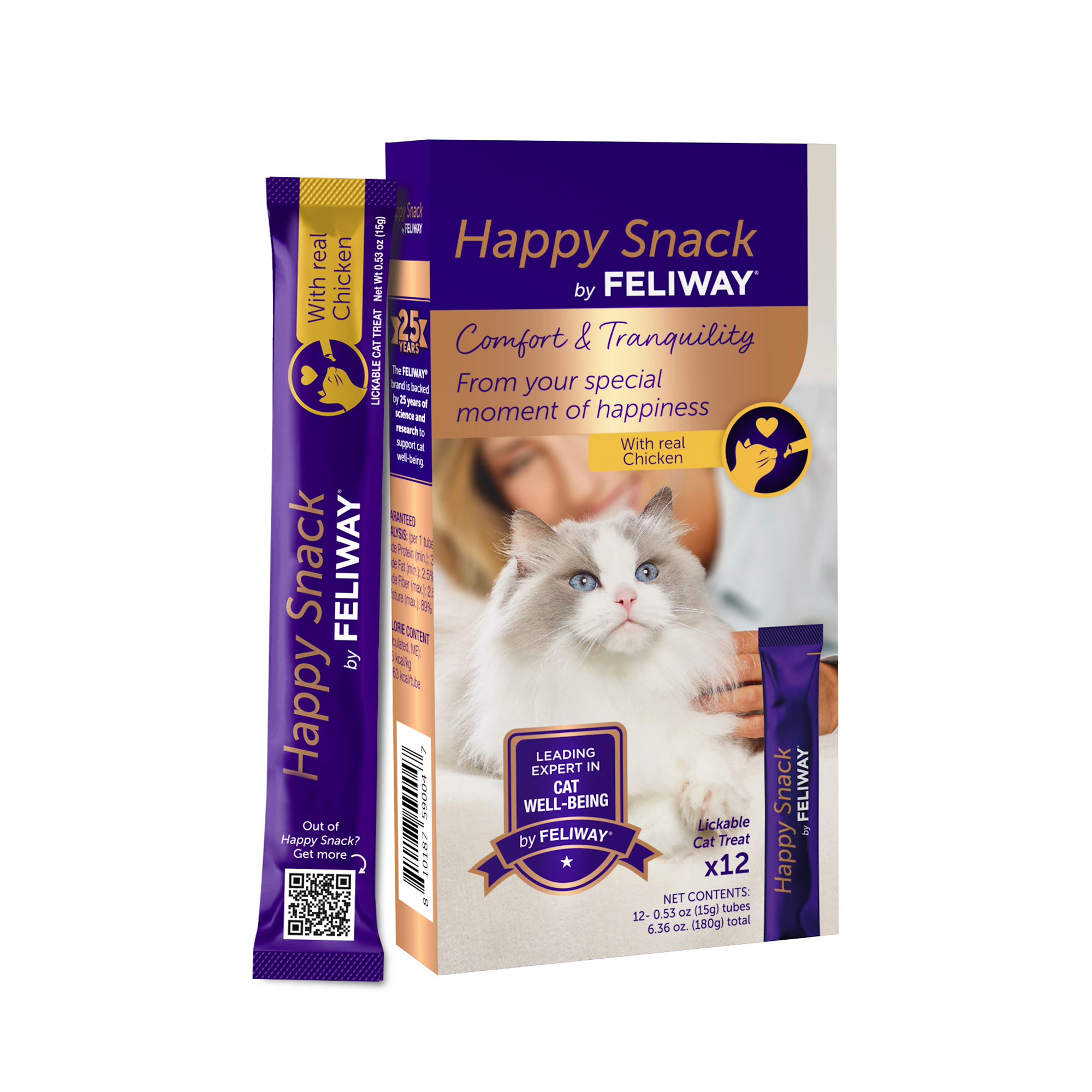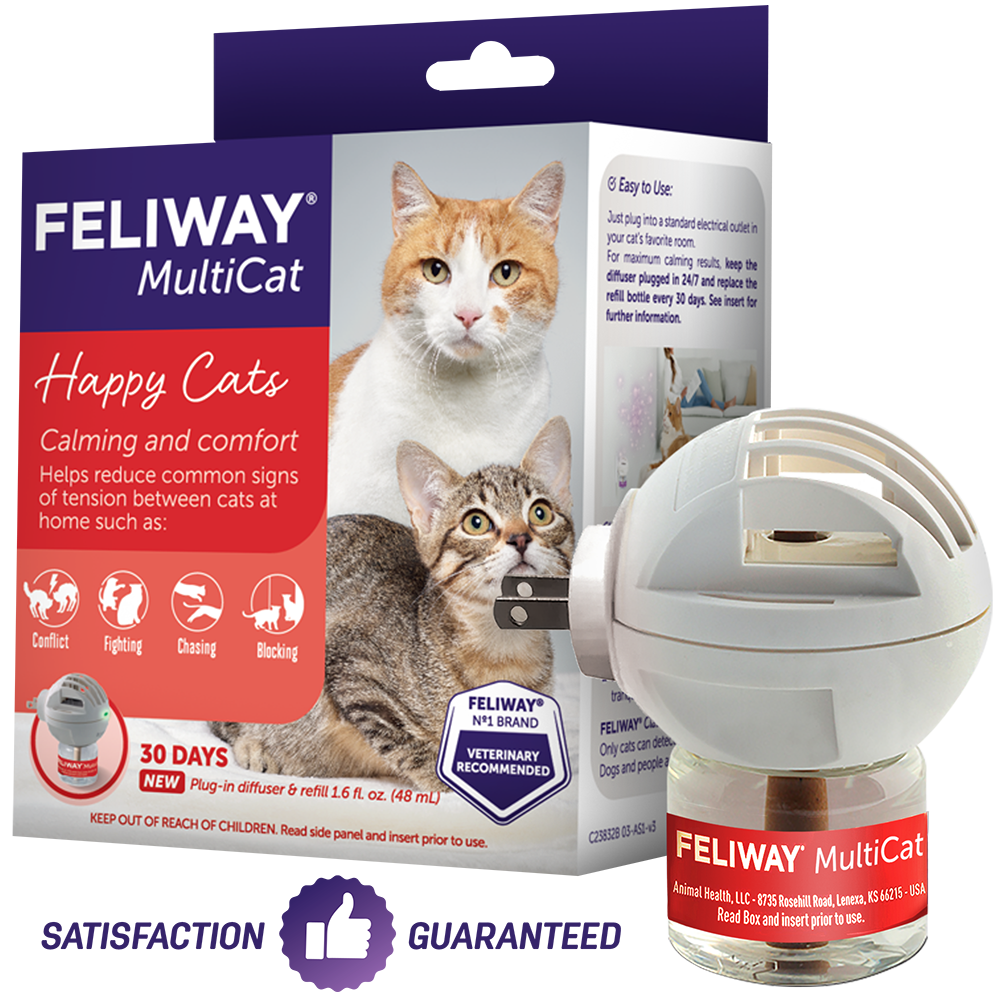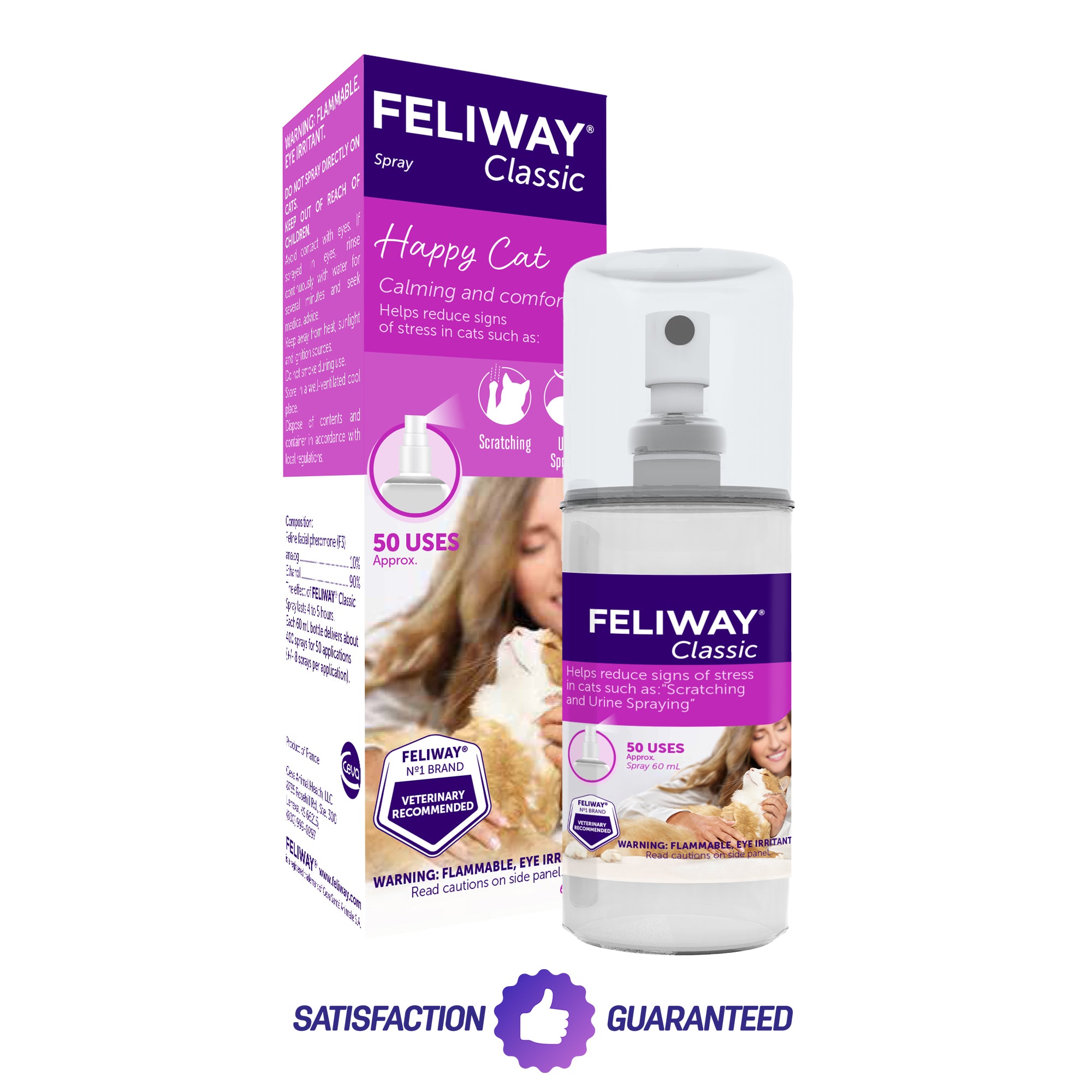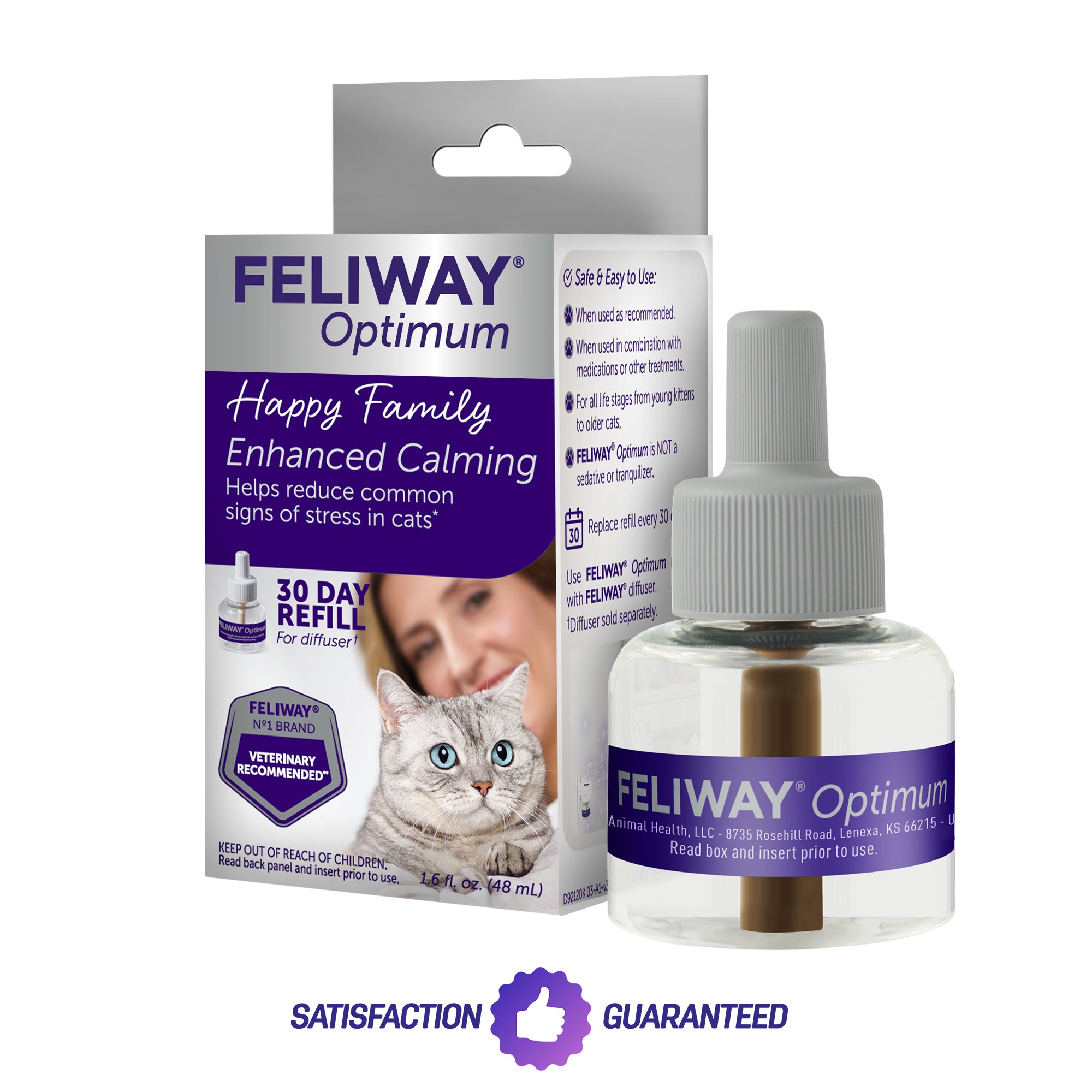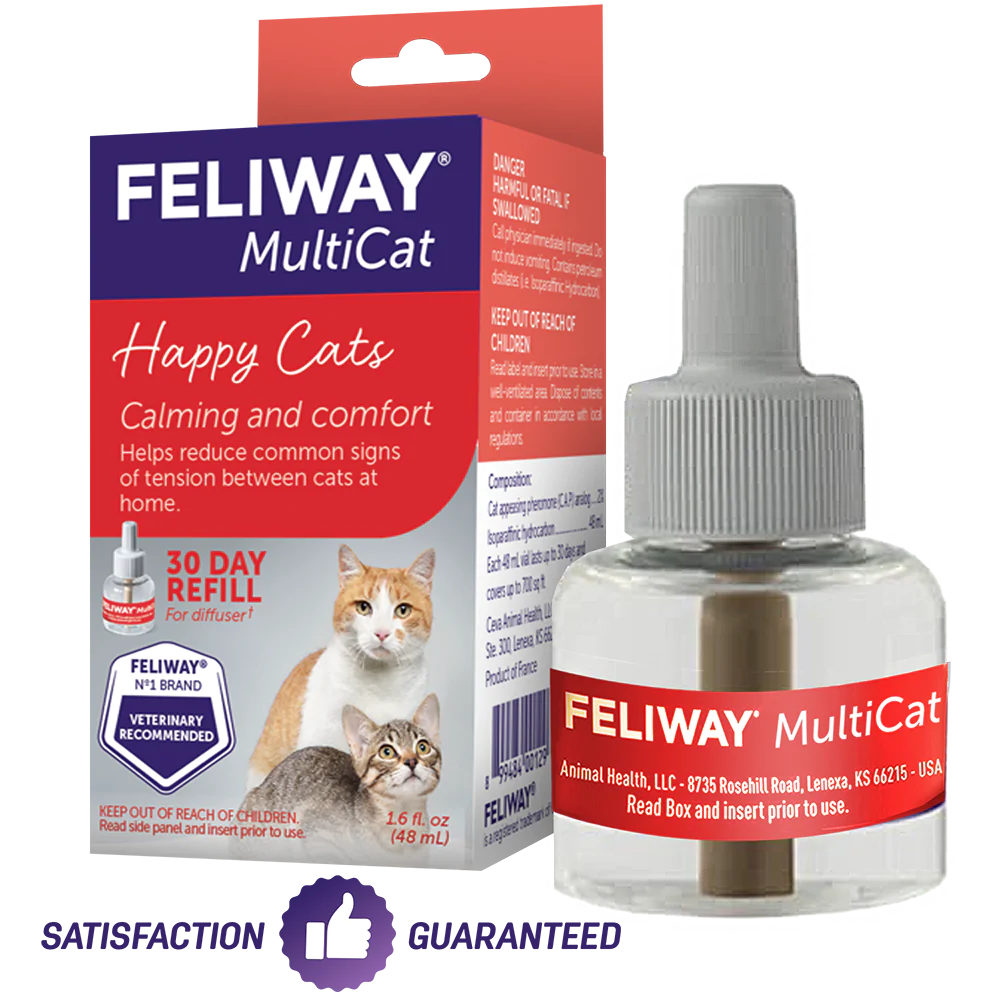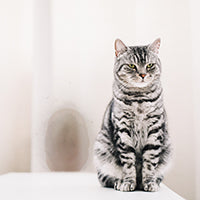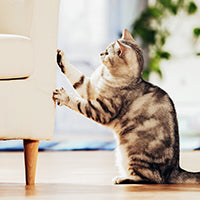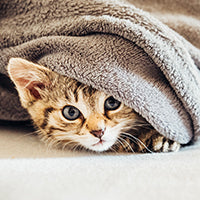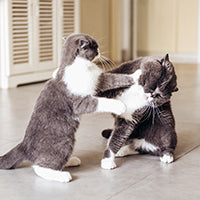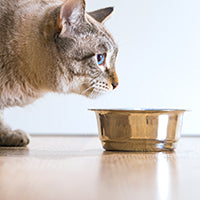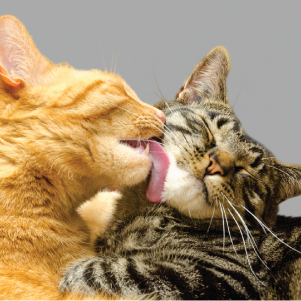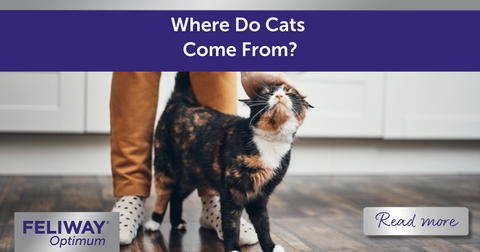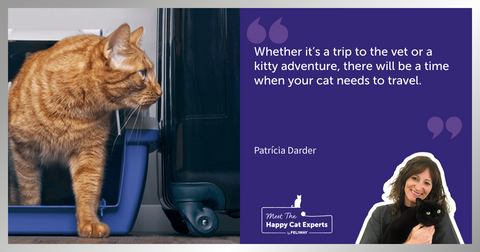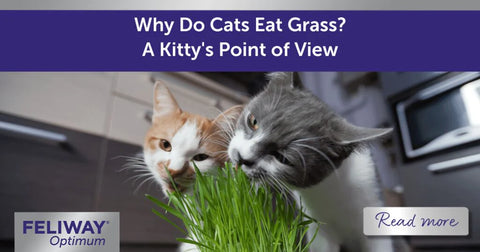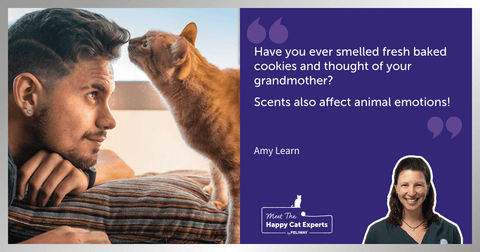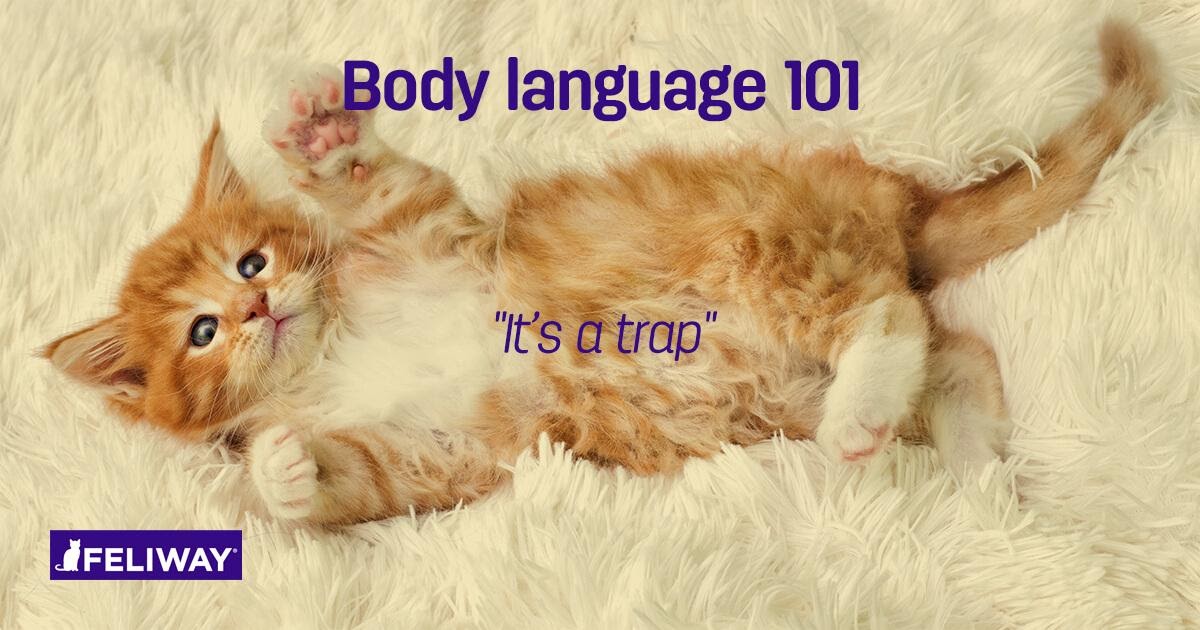
Understanding Kitten Body Language : 12 Things You Need to Know!
Do you sometimes look at your pet and think ‘I wish I knew what you were thinking!’. While we all speak to our kitties from time to time, unfortunately we can’t have two-way conversations - though they may seem to understand, our cuddly kitties just can’t speak back (in human words that is!). But what if you could tell exactly what your cat wanted to say, just by looking at them?
From body language to miaows, our cats communicate in many different ways. Being able to read kitty signals is the first step to not only understanding your pet, but supporting them through their life with you. So to help you and your furry friend understand each other, here’s how to decode some common kitty signals!
Common Kitty Body Language Decoded
Your cat at a glance - decoding kitty facial expressions:
- A relaxed kitty: May have closed or half-closed eyes, forward facing ears and relaxed whiskers.
- An alert kitty: May have wide eyes, perked up ears and whiskers pointed forwards.
- A stressed kitty: May have flat ears (pointing away from each other), forward facing whiskers, and wide eyes.
- An anxious or worried kitty: May have ears in different directions (one forward, one to the side), wide eyes and forward-facing whiskers.
Other common kitty body language you might see includes:
1. Direct staring
While a staring contest may seem fun for you, direct or prolonged eye contact can be seen as aggressive by your cat! Try not to stare directly at your kitty if you want them to see you as friendly!
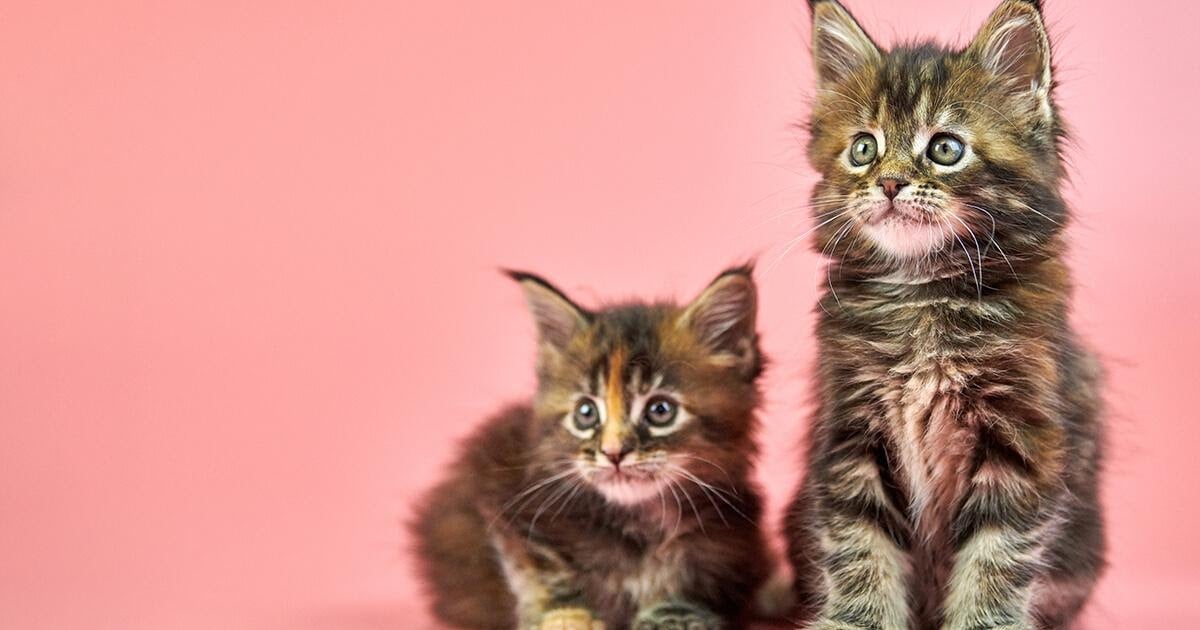
2. Blinking, winking or half-closed eyes
No, your kitty isn’t feeling cheeky - a wink, blink or half closed eyes are signs that your pet is relaxed and happy!
3. Ears back to the head
If your pet’s ears are back, and close to their head, it’s a sign that they are feeling are worried or concerned. Take a look and see if there’s anything in the environment that might be worrying your pet, and if you can remove it.
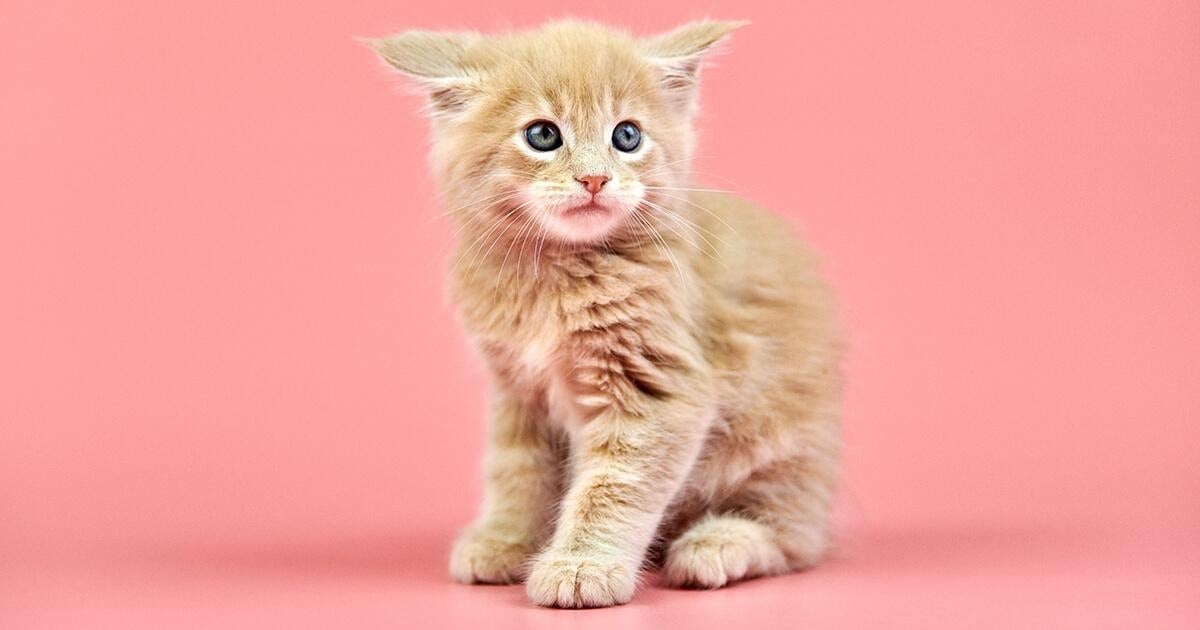
4. Tail positions
You can learn a lot about your cat from the position of their tail!
- Tail up- Tail up (and with a kink at the end) is usually a friendly greeting, or a sign that your cat is alert and and after some fuss! If their tail is directly straight up however, fluffed out, or shaking, this can be a sign that they are a little too excited - or may be about to become aggressive.
- Tail moving side to side - Combined with pacing, this can mean your pet is deciding how to react! Or, if your kitty is crouched while their tail moves, it may be a sign that they are ready to pounce!
- Tail held to the side - Often combined with a tail moving side to side, this can be a sign of an upset cat!
5. Arched back
If your cat is standing with an arched back, trying to look taller (and not just having a quick stretch), they may be worried about being attacked - usually this behaviour is in direct, immediate response to another cat.
6. Crouching
Is your kitty crouching low to the ground? They may be getting ready to pounce - or run! In this case, see if there is a way to reassure your cat or remove the cause of their fear.
7. Jumping up on their back legs
If your cat hops up on their back legs when you approach - it’s a greeting and they are saying hello!
8. Rolling onto their back
Rolling onto their back and exposing their stomach is a greeting and a sign of trust! However, it is not an invite to touch their belly! This won’t be appreciated and may be seen negatively by your pet. So resist the urge to rub their stomach, and instead, fuss their head to acknowledge their trust.
Other Common Kitty Communication signs
9. Scratch marks
Scratching is a visual and scent indicator of territory for your pet. For this reason, it’s important to help your pet understand where in the home is appropriate to scratch; providing a scratching post can help to save your furniture!
10. Purring
Most of us recognise a purring kitty as a happy one! But did you know, it can also be a sign that they are looking for some attention. So if your cat jumps into your lap purring, you know they’re asking for some fuss!
11. Leg rubs
If your cat rubs themselves on furniture, they’re typically scent marking - which helps them feel safe and secure in their home. Rubs on your legs can also be a greeting; you’ve been away and smell strange, and they want to make you smell familiar again! And of course, leg rubs are a sign of affection, often seen when it’s time for feeding!
12. Miaows!
A ‘chirrup’ to say hello, a miaow for attention - our cats will also use vocal sounds to get our attention, and signal how they feel. They have lots of different vocalisations for many different reasons, and you will often be able to tell what they mean by the sound alone.
Of course, this is not a total list of all kitty body language and communication signals! With time you’ll soon be able to recognise how your pet is feeling - and they’ll recognise your mood too!
How Can I Communicate With My Kitty?
Now you know how to understand what your kitty feels, how can you communicate back? There are lots of ways to show your cat that you are comfortable around them and appreciate their company. Slow blinks and moving your head to the side are a great way to start - if your cat responds, it’s a good sign of a strong bond!
Spending time together, such as at playtime, grooming times and feeding times will also show your pet that you are there to help and protect them - actions often speak louder than words!
